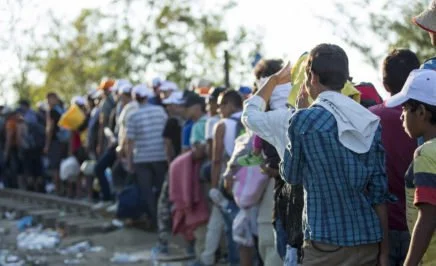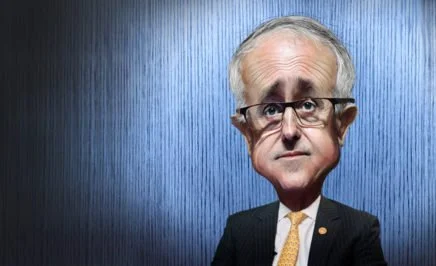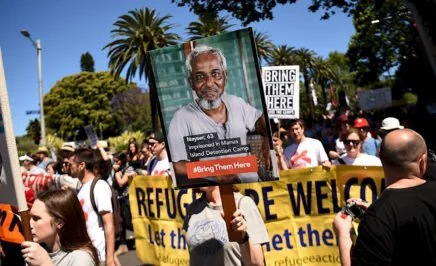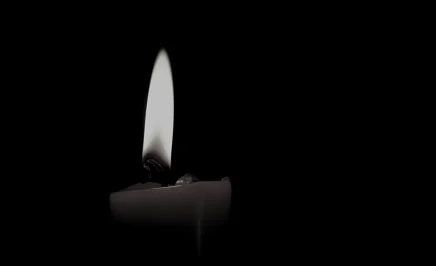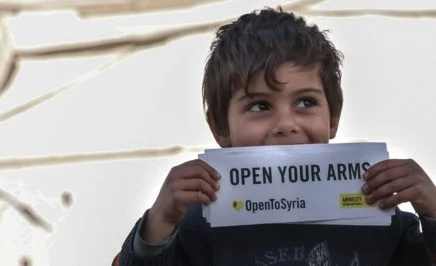Australia’s commitment to take 12,000 Syrians is significant and important, but is it enough?
The short answer is no. Australia could and should resettle more. But the Syrian crisis is complex and our response must go beyond just resettlement.
What’s life like for Syria’s refugees?
I first visited Jordan’s Za’atri refugee camp, 30 kilometres from the Syrian border, in 2013. The camp had been open for 10 months and in that time its population had soared to over 120,000. It was chaotic, hot, dusty and dangerous.
On my return a year later the situation had improved, but only slightly. Security for women and children was a little better, a few schools had opened, and sanitation had improved. But despite such progress, the harsh environment was taking its toll on those trapped in the camp. Winter in the desert is brutal. I can only imagine the impact it has had on those who have now been there for more than three years.
The majority of the 3.9 million Syrian refugees living in Jordan, Lebanon and Turkey are not in camps. They live in cities and villages, finding shelter where they can. With no work rights and little savings after years of displacement, people are forced to live day to day.
The chances of resettlement
The majority of the 3.9 million Syrian refugees living in Jordan, Lebanon and Turkey are not in camps. They live in cities and villages, finding shelter where they can. Graham Thom, Refugee Coordinator at Amnesty International Australia
For most Syrian refugees, resettlement won’t happen. Less than one per cent of the world’s 13 million refugees will be resettled in the next 12 months.
The response from the international community has been appalling. Fewer than 90,000 resettlement places for Syrians have so far been pledged. The numbers resettled by the US and Canada have been shamefully low. The same goes for Europe. Why should Jordan, Lebanon and Turkey keep their borders open if the rest of the world refuses to help?
Australia’s offering of 12,000 additional places sends a positive message to Syria’s neighbours. And with luck, it will also encourage other resettlement countries to increase their intake.
But 12,000 is still a drop in the ocean. We can do better. Turkey alone is saving 1.9 million refugees. Yes, 1.9 million. Australia has a proud heritage of being a generous nation with a humanitarian heart. We must continue this tradition by welcoming more desperate Syrians.
Basic aid needed on the ground
For most Syrian refugees, resettlement won’t happen. Less than one per cent of the world’s 13 million refugees will be resettled in the next 12 months. Graham Thom
Support for UNHCR and countries hosting over 90 per cent of Syrian refugees has been pathetic. UNHCR has received around 40 per cent of the funding it needs to provide food, shelter and medicine to the millions who need it. That is nowhere near enough.
Aid organisations are having to make heartbreaking decisions when it comes to using limited resources. Do they pay for an operation that might save a child’s life? Or do they use that money to vaccinate hundreds of children at risk of serious disease? Which would you choose?
If refugees have no chance of living in safety or having access to basic necessities, what choice do they have but to risk their lives? This is where resettlement is critical. The more people resettled, the more resources UNHCR can access and more lives it will save.
What needs to happen next?
While resettling 12,000 Syrian refugees is a good start, the Australian Government needs to:
- move quickly to offer safety and enough funding for basic food and necessities for the refugees we embrace
- protect the rights and dignity of refugees currently in Australian detention centres
- take all possible steps to avoid civilian casualties during any military action taken in Syria
- help improve humanitarian access for the most vulnerable Syrians.

